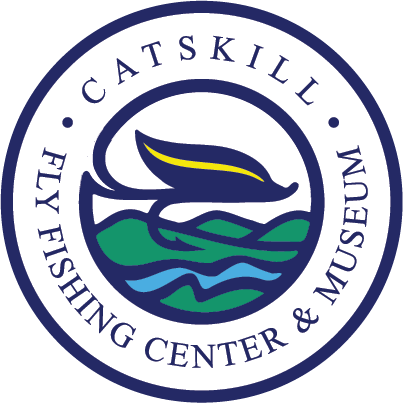Ted Niemeyer
For Ted Niemeyer, fly tying was nearly a religion. He was a meticulous craftsman, artist, fly tying historian, fanatical collector and the ultimate perfectionist.
Niemeyer was a master fly tyer who developed a keen sense of minimalist design and proportion early on. He deconstructed flies of the great tyers of the past to learn how their flies were built, and was an advocate of natural materials when synthetic materials were gaining popularity. His design philosophy stressed movement and a sparse silhouette as the keys to effective fly design. A pioneer of realism in fly tying, Ted was one of the first tyers to use goose biots for legs on his realistic stripped quill nymph patterns. He was well known for his realistic nymphs, yet his versions of classic patterns set a new standard.
Niemeyer was so obsessed with quality materials that he spent his lunch hours searching for new materials in New York City’s Garment District. Known for finding a use for all parts of the feather, he was infamous for tying amazing flies at demonstrations from the scraps of feathers and threads discarded by other tyers. The one feather Ted did the most with was the goose wing feather. From that one feather came his stripped quill nymphs, dyed and married Atlantic salmon fly wings, trout wet fly wings, wing cases, and the legs in countless nymph patterns. All styles of fly were equally interesting to him.
In 1967, Niemeyer was featured in a Sports Illustrated magazine article on realistic and innovative fly tying. He wrote the fly tying column for Fly Fisherman magazine from 1976 to 1981, and the chapter he wrote for the classic book “Art Flick’s Master Fly-Tying Guide” brought him into the spotlight. He drew large crowds when demonstrating fly tying at fishing and hunting shows in New England and the Pacific Northwest, often giving away special flies and materials to interested beginners. His flies brought high bids at charity auctions all over New England.
Niemeyer spent many hours at the Angler’s Cove fly shop on 2nd Avenue in New York City learning the history and methods of the Catskill school of fly tying. He studied intensively with Charles Defeo, and revered Harry and Elsie Darbee, Walt and Winnie Dette, Roy Steenrod, and Rube Cross among others. He became one of the few experts who could reliably authenticate flies tied by other master tyers. He was methodical in his analysis and contagious with his enthusiasm for the art form.

